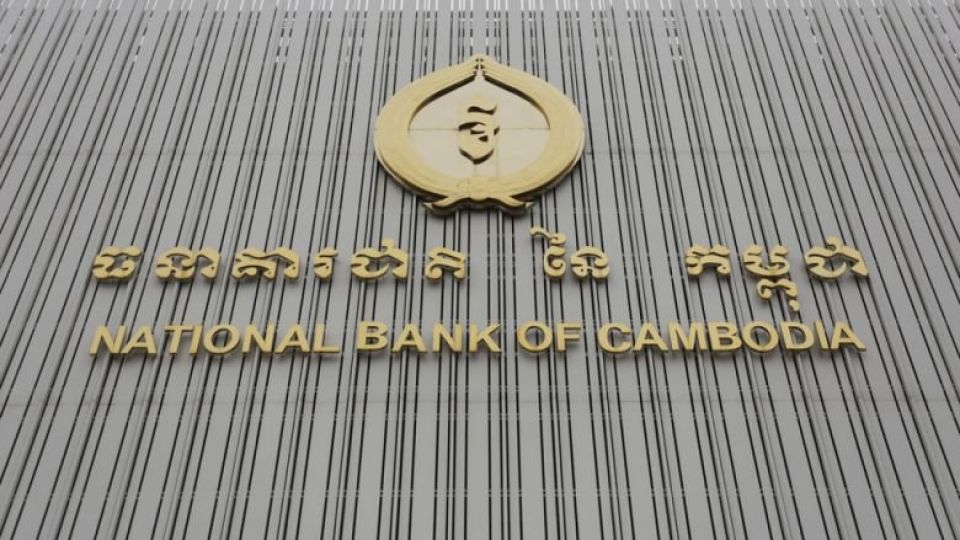January 25, 2023
PHNOM PENH – The Kingdom’s international reserves ended 2022 at $17.8 billion, equivalent to seven months of import cover, compared to $20.3 billion and 8.1 months at end-2021, which pundits affirm is still high for a developing country given the recent global financial crisis, signalling positive levels of economic growth and momentum to improve people’s livelihoods.
These figures were revealed by the National Bank of Cambodia (NBC), which identified major influencing factors as: fluctuations on international financial markets, the appreciation of the US dollar, and ESG- (environmental, social and governance) related investments of big financial institutions in China, South Korea, Japan and Europe.
For comparison, international reserves stood at $21.3 billion and 9.5 months of import cover at end-2020, versus $18.8 billion and 10.2 months at end-2019, and $14.6 billion and 6.9 months at end-2018, according to the central bank.
Royal Academy of Cambodia economics researcher Ky Sereyvath commented to The Post on January 23 that international reserves – in terms of US dollar value – have doubled in the last decade or so, indicating an economic boom, as people’s incomes and savings went up.
The level of a country’s international reserves is “very important” as an indicator of financial health and the ability to cope with a crisis, he stated.
“This means that, in the event of a crisis, we can use the reserves to support the current level of imports for seven months, giving the government time to deal with the difficult circumstances,” Sereyvath added.
Anthony Galliano, the group CEO of financial services firm Cambodian Investment Management Co Ltd, told The Post on January 23 that the Kingdom has kept a higher level of reserves “than what is generally mandated for developing countries, which places the country in a strong financial condition.
“This is especially prudent given increased sovereign borrowing by the Kingdom. A high level of foreign reserves reduces liquidity risk, avails short debt maturity, and facilitates lower interest rates. All very positive conditions for the recent issuance of sovereign debt,” he said.
He explained that developing countries “are generally shoring up their foreign currency reserves, on an unprecedented scale in recent years, as a consequence of rising energy prices, supply chain issues, and as a precaution and self-protection against a currency crisis”.
Galliano also mentioned Sri Lanka’s recent debt default, saying that the South Asian island nation “is experiencing rampant inflation and currency depreciation, [in] a lesson learned again, among other variables, of inadequate foreign reserves, which dwindled by 99 per cent since 2019.
“Although the riel has weaken of late, it is still resilient, underpinned by the strongest the US dollar has been in two decades, partially due to the level foreign reserves. As a result, the riel has not suffered the depreciation other regional currencies have experienced,” he added.
Similar to international reserves, foreign currency reserves – often called forex reserves – “comprise cash and other assets like gold that are held by central banks and other financial institutions such as the International Monetary Fund [IMF]”, according to financial services provider City Index, as cited by the World Economic Forum (WEF).
In an article titled “What are foreign currency reserves and can they help combat the global economic crisis?”, the WEF lists seven primary reasons why central banks keep forex reserves: “to help keep the value of a domestic currency at a fixed rate” and “to keep a domestic currency lower than the dollar”.
The remaining five motivations are: “to maintain liquidity in case of an economic crisis”; “to meet a country’s international finance obligations”; “to fund internal projects”; “to reassure foreign investors”; and “to diversify their portfolio”.
Elaborating on the last reason, the WEF explains that “by holding different currencies and assets in reserve, a central bank can diversify its risk and provide protection should one investment decline”.


